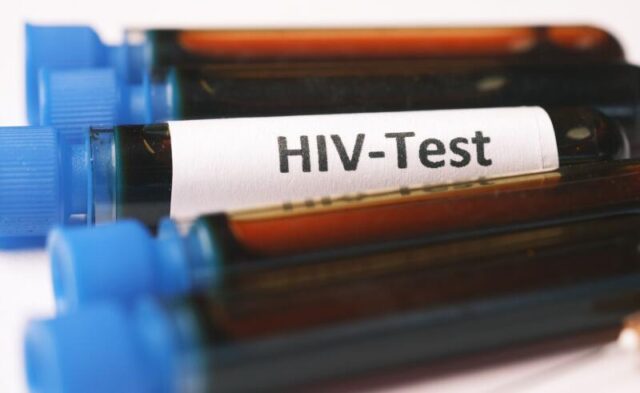The use of HIV/Aids self-testing kits has the potential to target hard-to-reach communities – such as transgender people, incarcerated individuals, sex workers and people who inject drugs – who are often overlooked by traditional testing methods.
SELF-testing kits for HIV/Aids have been heralded as a proactive manner to help vulnerable communities, particularly in regions such as South Africa where HIV infections continue to rise.
The use of self-testing kits has the potential to target hard-to-reach communities – such as transgender people, incarcerated individuals, sex workers and people who inject drugs – who are often overlooked by traditional testing methods.
One of the key benefits of self-testing kits for HIV/Aids is that they offer increased privacy and anonymity for individuals seeking testing.
This is especially important for marginalised communities who may feel stigmatised by traditional testing methods or who may be hesitant to access medical facilities due to fear of discrimination or persecution.
Self-testing kits allow individuals to take control of their health care and offer a non-invasive and discreet way of accessing critical testing and treatment services.
Dhirisha Naidoo, a senior public health implementation leader in the BroadReach Health Development, and her colleague, Silinganiso Chatikobo, an HIV testing specialist, presented on the topic of HIV ‘self-testing’, also known as self-screening, at the SA AIDS Conference in Durban.
“As a country, South Africa is close to reaching the 95% target of everyone living with HIV knowing their status. The mission now involves finding the harder-to-reach and more vulnerable HIV communities – to deliver the last mile of testing and treatment – and it’s not as easy as it was in the earlier days of HIV when all programmes were designed for mass reach,” said Chatikobo.
This approach requires more targeted programmes and allocation of resources. It also requires the careful targeting and engagement of the most vulnerable and hard-to-reach HIV communities.
Other high-priority populations are young people, migrant populations, truck drivers, and men in general, because of their common reluctance to seek medical help.
Consequently, BroadReach and the Department of Health are pushing to increase the number of facilities in all districts that distribute self-screening kits to improve access to the under-tested population, said Naidoo.
“As a result, we collaborate with community health-care workers to distribute HIV self-screening kits and to support clients with active linkage to care thereafter.”
As Chatikobo points out, there are several factors that make it harder to reach some populations than others. People find it more difficult to get tested and treated for HIV, among other things, because of long-standing challenges with stigma and prejudice in communities and medical facilities.
Since implementing self-testing kits, there has been an increase in the number of clients receiving testing kits and using them.
According to the HIV testing specialist, health-care facilities are distributing more testing kits and both USAID and the Health Department are increasing the supply of testing kits.
While this is a step in the right direction there is a “minor concern” about clients who receive testing kits through secondary distribution, in that they do not immediately contact health-care facilities with their screening results. This unfortunately inevitably delays appropriate linkage to care whose role involves managing the process of linkage to care in health facilities, said Chatikobo.
“Self-testing for HIV is a crucial technique to help eradicate Aids by 2030. In addition, if their contacts are identified, it enables us to give more prevention and treatment for additional community members,” said Naaido.
Self-testing provides opportunities for clients to know their HIV status and link to appropriate treatment thereafter.
Additionally, the next step is to intensify testing strategies such as index testing services, testing clients that have been identified as having tuberculosis, sexually transmitted illnesses, and sexually active clients who prefer other family planning methods that are not barrier methods.
HIV infection should be afforded opportunities to take all available prevention strategies, which may include preventative medications highlighted by the BroadReach team.








